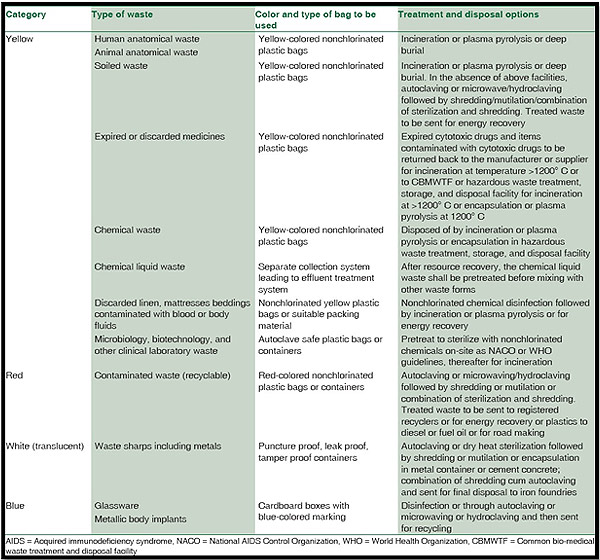The Definitive Guide for Reclaim Waste
The Definitive Guide for Reclaim Waste
Blog Article
The 9-Minute Rule for Reclaim Waste
Table of ContentsIndicators on Reclaim Waste You Need To KnowLittle Known Questions About Reclaim Waste.Unknown Facts About Reclaim WasteThe Best Guide To Reclaim WasteLittle Known Facts About Reclaim Waste.
Discover the types, occurrences, and kinds of fluid waste. Domestic sewage waste refers to the waste and items from a domestic septic tank. This kind of waste is developed by human beings in residences, schools, and various other buildings. This only consists of sewage-disposal tanks that have a drain field. The appropriate management and disposal of domestic sewage waste require fluid waste to be moved to a sewer treatment plant where the appropriate methods and equipment are put on purify and dispose of waste.
Business waste commonly includes potential dangers, such as combustible materials or a mix of liquid and strong waste items, and calls for an advanced and comprehensive disposal process. The disposal of business waste generally includes the filtration of waste before transportation to make certain safe and proper disposal. Hazardous waste is created from by-products and drainage of industrial procedures and manufacturing.
This kind of waste can not utilize the same sewage monitoring transportation or processes as septic or industrial fluids. The hazardous waste management process needs the examination and screening of fluid waste before it undergoes the disposal process (liquid waste removal melbourne). Runoff waste is the fluid waste that comes from runoff and excess stormwater in highly inhabited areas or cities
Drainage waste can trigger contamination and flooding if not taken care of correctly. Making certain appropriate waste management can avoid catastrophes and decrease environmental harm.
Reclaim Waste for Dummies
Get in touch with PROS Services today to discover our waste management and disposal services and the appropriate means to look after the fluid waste you generate.
(https://reclaim-waste-f27e88.webflow.io/)Do you understand what takes place to your water when you end, flush the commode or drain pipes the cleaning maker? No? Well, it's worth recognizing. This so-called 'wastewater' is not just an important source however, after treatment, will be launched to our land, waterways or the sea. Utilized water from bathrooms, showers, bathrooms, kitchen area sinks, washings and commercial processes is called wastewater.

water made use of to cool down machinery or tidy plant and equipment). Stormwater, a type of wastewater, is runoff that flows from agricultural and metropolitan locations such as roofing systems, parks, yards, roads, paths and seamless gutters right into stormwater drains pipes, after rainfall. Stormwater streams neglected directly to neighborhood creeks or rivers, eventually reaching the sea.
The Definitive Guide for Reclaim Waste
In Queensland, many wastewater is dealt with at sewage therapy plants. Wastewater is carried from residential or commercial sites via a system of sewage systems and pump stations, known as sewerage reticulation, to a sewage treatment plant.
The Department of Natural Resources advises regional governments concerning handling, operating and maintaining sewerage systems and treatment plants. In unsewered locations, city governments might need householders to set up private or house sewer therapy systems to treat residential wastewater from bathrooms, kitchen areas, bathrooms and washings. The Department of Natural Resources authorizes the use of home systems when they are proven to be reliable.
In some new neighborhoods, treatment of some stormwater to eliminate litter, sand and gravel has started utilizing gross toxin traps. Wastewater treatment happens in four stages: Eliminates solid matter.
Wastewater after that streams right into large tanks where solids settle and are gotten rid of as sludge. Oil and scum are skimmed from the top article surface area. Uses tiny living microorganisms called micro-organisms to break down and get rid of continuing to be liquified wastes and great fragments. Micro-organisms and wastes are integrated in the sludge. Gets rid of nitrogen and phosphorus nutrients that might trigger algal blooms in our rivers and intimidate marine life.
Our Reclaim Waste Statements
Nutrient removal is not offered whatsoever sewage therapy plants due to the fact that it needs costly specialised devices. It is coming to be extra common in Queensland. Clear fluid effluent generated after treatment may still consist of disease-causing micro-organisms. If this effluent is launched right into rivers such as rivers or the sea, the micro-organisms will at some point die out.

A lot of wastewater flows into the sewage system. Under the Act, regional federal governments provide authorizations and permits for ecologically pertinent activities (Ages) involving wastewater releases that may have a regional effect.
4 Simple Techniques For Reclaim Waste
Or else, examples are taken for laboratory analysis. Commonly numerous examinations are required to establish the degrees of each of the various toxins such as oils, heavy steels and pesticides in water. Tracking provides accurate information about water quality and can confirm that licence conditions are being fulfilled. The info acquired with surveillance provides the basis for making water quality decisions.
Report this page